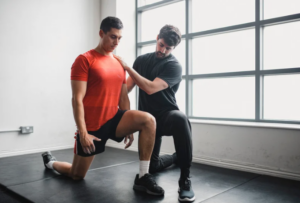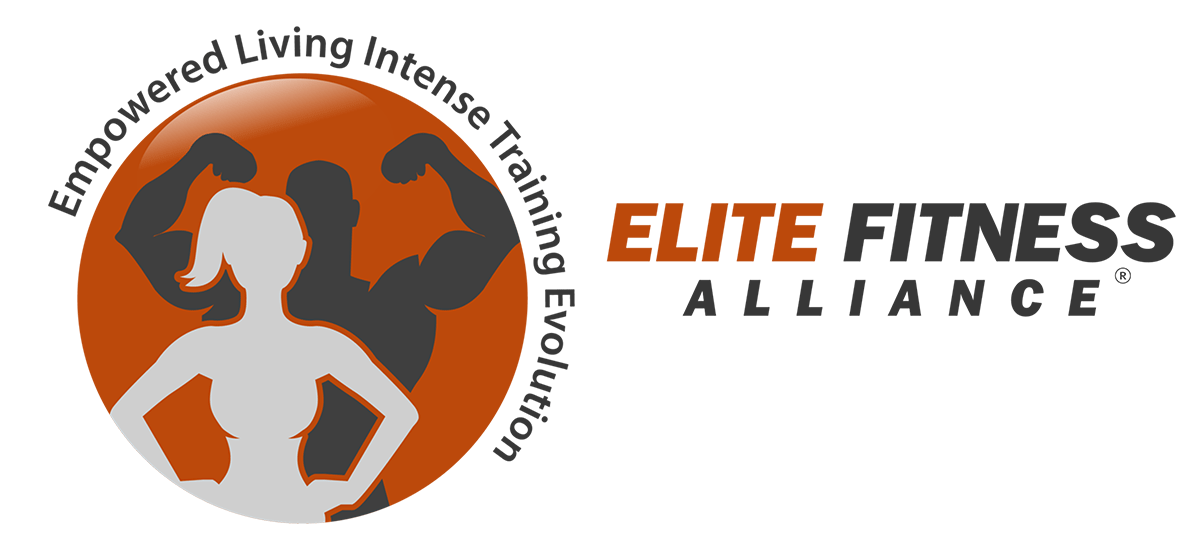Why Full Range of Motion Keeps Your Joints Healthy
Why Using Your Joints Through Full Range of Motion Matters
You’ve probably heard the saying, “use it or lose it.” When it comes to your joints, that phrase couldn’t be more true.
Every joint in your body is designed to move. And when it doesn’t move fully, it slowly loses its ability to do so. That’s not just about flexibility—it’s about how your joints stay nourished, healthy, and functional as you age.
The Science: Why Full Range of Motion Matters
Inside each joint is synovial fluid—often called the “oil” of your body. This fluid provides nutrition to your cartilage, which acts as a cushion and shock absorber for your bones.
But here’s the catch: your body only produces and circulates synovial fluid when your joints move through their full range of motion and experience compression.
As Dr. Bahram Jam, founder of the Advanced Physical Therapy Education Institute, explains:
“If a joint doesn’t go through its full range—if the hips and knees never go past 90 degrees—the body says ‘I’m not being used’ and starts to degenerate and stops the production of synovial fluid.”
Research supports this: movement stimulates joint health, while lack of motion accelerates stiffness and degeneration (Arthritis Foundation).
What Happens If You Don’t Use Full Range of Motion?
When joints aren’t used fully, your body adapts to the smaller movements:
-
Decreased synovial fluid production → less nutrition for cartilage.
-
Stiffness and reduced mobility → harder to move freely.
-
Increased risk of degeneration and arthritis over time (Cleveland Clinic).
-
Muscle imbalances → because some muscles get underused while others overwork.
This is why older adults often struggle with getting up from a chair, bending down, or reaching overhead—not just because of “aging,” but because joints weren’t consistently used through their full range of motion.
The Benefits of Training with Full Range of Motion
When you consistently move your joints fully, you:
-
Keep cartilage nourished and joints lubricated.
-
Build strength evenly across the entire muscle (Harvard Health).
-
Improve flexibility and mobility, reducing stiffness.
-
Lower your risk of injuries caused by weak or tight joints.
-
Preserve independence for daily life activities like squatting, reaching, and climbing stairs.
How to Train Your Joints the Right Way
-
Incorporate mobility exercises: Deep squats, overhead reaches, hip openers, and controlled stretches.
-
Strength train with intention: Don’t just load up heavy weights—make sure you’re moving fully and safely through each rep.
-
Avoid shortcuts: Half-reps may feel easier, but they don’t give your joints the nourishment they need.
-
Balance your workouts: Include movements across multiple planes (frontal, sagittal, transverse) to cover all angles.
-
Listen to your body: Full range doesn’t mean painful range—work to what’s safe for you.
For more practical tips, check out the Mayo Clinic’s guide to stretching and flexibility.
Bottom Line
Your joints are living tissues that thrive on movement. When you take them through their full range of motion, you’re not just training for strength—you’re preserving mobility, independence, and quality of life.
At ELITE Fitness Alliance, we specialize in helping adults train smarter—not just harder. With the right exercises, you can keep your joints healthy and functional for years to come.
👉 Want to learn how to safely train your joints for strength and longevity?
Book a free consultation today: Book a free consultation today
📖 Visit our blog for more tips.



